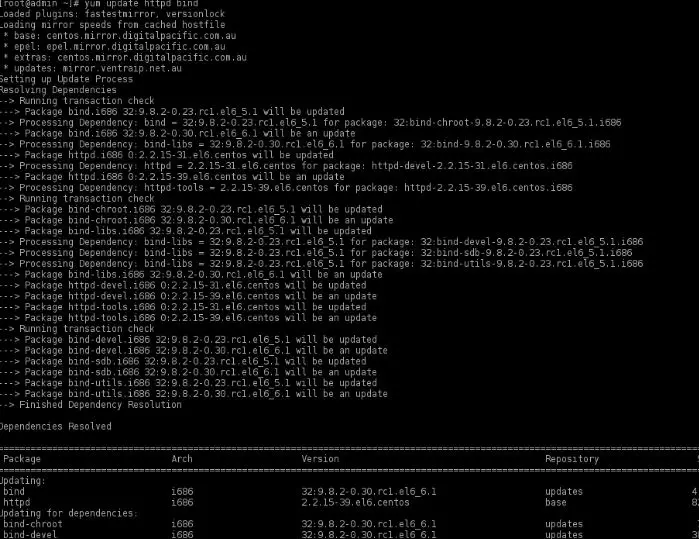

It had a package manager, which was called Yellowdog UPdater (YUP). Yellowdog was a Linux distribution which was based on Red Hat. To conclude we saw the various commands our Support Engineers use to list all software, the number of packages available on the server along with the method to copy them and use them when we reinstall our operating system(OS).YUM is package manager for RPM packages, which allows automatic updates, package and dependency management. Installing software from the text file: ~]# apt-get install < allsoftwares.txt Or ~]# dpkg -get-selections > allsoftwares.txt To search for a specific package: ~]# yum list installed | grep unzipĪdding installed software to a text file: ~]# yum list installed | awk '\n' -W > allsoftwares.txt To list all software: ~]# yum list installedįor listing the number of packages installed: ~]# yum list installed | wc -l

To search for a specific package: ~]# rpm -q tmuxĪdding installed software to a text file: ~]# rpm -qa | tr '\n' ' ' > allsoftwares.txt Using RPMįor listing the number of packages installed: ~]# rpm -qa | wc -l Yum and rpm are commonly used on CentOS 7 servers.

Here go through the commands used by our Support Techs to list installed software on CentOS7 and Ubuntu18. Incase of reinstalling the base Linux system, we can copy or upload this file into the system so that we will get all the software that existed before formatting the system.

We will use a file to store a list of all currently installed software named “allsoftwares.txt” How to list installed software on CentOS 7 & Ubuntu 18 Here at Bobcares, we use these commands often as a part of our Server Management Services. In this article, we will see the commands to list all software, list the number of packages installed, and search for a specific package.Īlso, we will add installed software on a text file, and later install the software from the text file. Wondering How to list installed software on CentOS 7 & Ubuntu 18? We can help you.


 0 kommentar(er)
0 kommentar(er)
